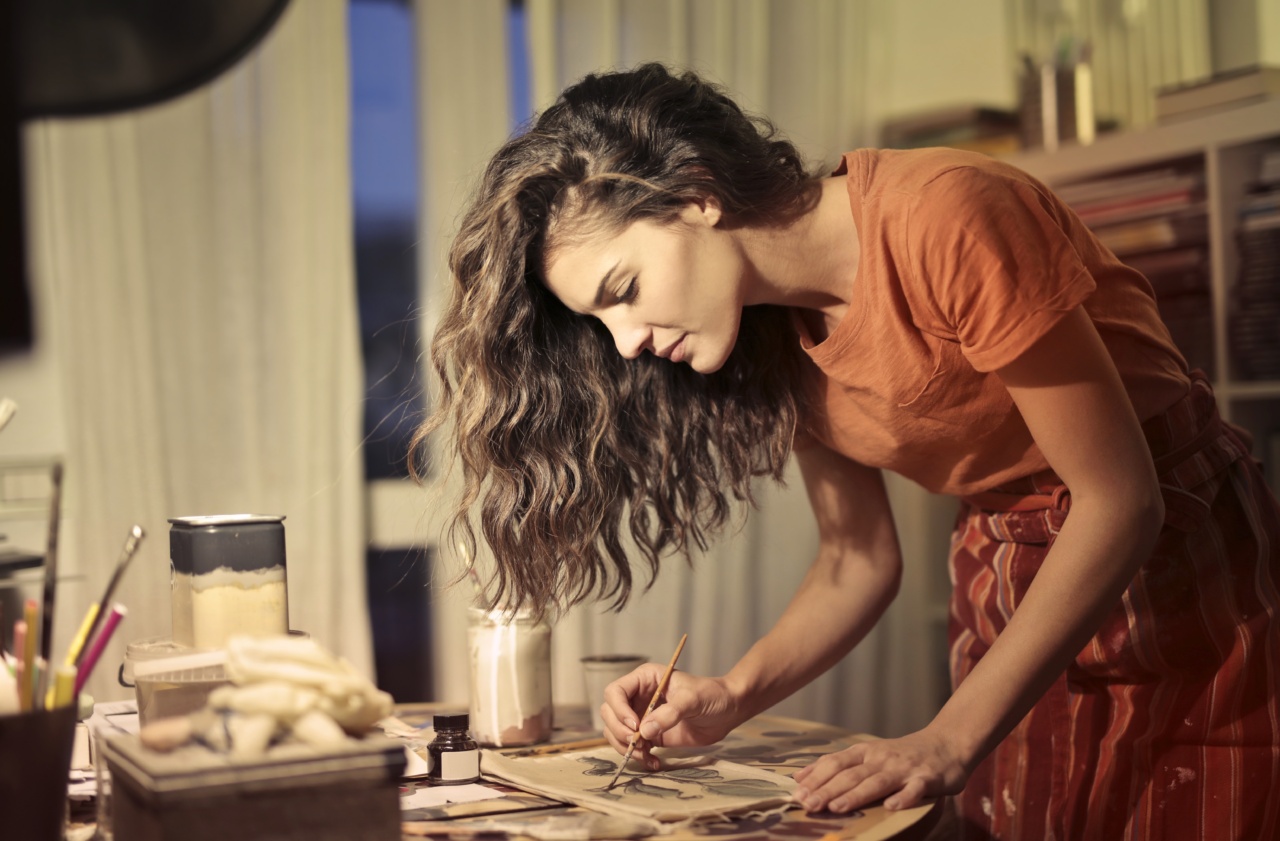Photography can be a highly rewarding passion, but it can also be a frustrating and disappointing experience. No matter how much you invest in your equipment, you might struggle to take shots that stand out from the crowd.
In this guide, we’ll offer tips and tricks to help elevate your photography skills and create shots that capture the eye and imagination.
Define Your Style
Do you know what kind of photography you want to specialize in? Landscape, portrait, street, wildlife, events, or still-life? Each genre requires a different set of skills and techniques.
By defining your own style, you can narrow your focus and concentrate on honing your skills in that specific area. Don’t try to be a jack of all trades – focus on one or two areas where you feel comfortable.
Pay Attention to the Lighting
One of the most important elements in photography is lighting. The way you light your subject can make or break your shot. You can use natural light or artificial light sources such as flash, LED panels, or softboxes.
Learn how to control the light source, adjust the exposure, and use light modifiers to create the desired effect. For example, a softbox can diffuse the light and create a softer, more natural look than a direct flash. Understanding how to use light will set you apart from amateur photographers and give you an edge.
Get Creative with Composition
Composition is the way elements are arranged within the frame. A strong composition will draw the viewer’s eye to your subject and convey emotion or story. Experiment with different angles, levels, and perspectives.
Sometimes breaking the rules of composition can create a unique and striking shot. Don’t be afraid to try something new and unconventional.
Master Your Camera Settings
The more you know about your camera’s settings, the more control you’ll have over your shots. Learn the basics of aperture, shutter speed, ISO, and white balance.
These settings can affect the depth of field, the motion blur, the sensitivity to light, and the color temperature. Practice shooting in manual mode and experiment with different settings to see how they affect your shots.
Edit Your Shots in Post-Processing
Editing your shots can take them to the next level. Use software like Adobe Photoshop, Lightroom, or Capture One to fine-tune the exposure, contrast, color, and sharpness. Don’t overdo it, though – keep the edits subtle and natural.
A well-edited shot should look like it was captured perfectly in camera.
Keep Learning and Experimenting
Photography is a never-ending learning process. Keep reading and watching tutorials, attending workshops, and practicing your skills. Don’t be afraid to try new things and push your boundaries.
Photography is a creative art form, and you have the freedom to express yourself and explore your vision.
Invest in Quality Equipment
While it’s true that the equipment doesn’t make the photographer, having quality gear can make a difference in the outcome of your shots. Invest in a good camera and lenses that suit your style.
Consider buying a tripod, filters, and other accessories that can help you achieve the desired effect.
Find Inspiration in Others’ Work
One of the best ways to improve your photography skills is to look at other photographers’ work. Find artists that inspire you and analyze their compositions, lighting, and editing techniques.
You can learn a lot from others’ mistakes and successes and apply it to your own work.
Capture Your Own Unique Perspective
Don’t try to copy others’ work – find your own voice and perspective.
What makes your shots unique and different from others? What stories or emotions are you trying to convey? Developing your own style and vision will make your shots stand out and resonate with your audience.
Conclusion
Taking shots that stand out requires a combination of technical skills, creativity, and personal style.
By following these tips and practicing consistently, you’ll be able to elevate your photography skills and create images that capture the eye and imagination.































